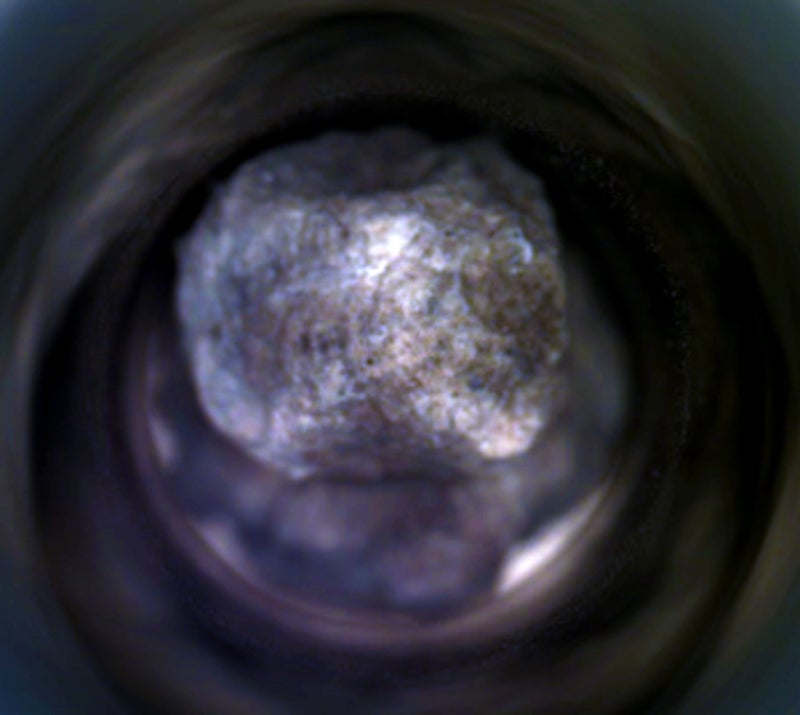REUTERS/Thomas Peter REFILE - CORRECTING INFORMATION] The rover, which operated from May 2021 to May 2022, travelled about 1.2 miles (1.9km) on the planet, and detected thick layers of material with properties similar to sand around 35-115ft below the surface.
Data obtained from China's Zhurong rover indicate that the ocean - known as Deuteronilus - would have existed roughly 3.5 to four billion years ago, a time when Mars had a thicker atmosphere and warmer climate.
He added: "Dunes tend to come in groups, and these groups produce characteristic patterns not present in these deposits... We also considered ancient rivers, but we rejected that hypothesis for similar reasons based on the patterns we saw in the deposits.".
A study published last year found evidence suggesting there is a large reservoir of liquid water under the surface of Mars, within fractured igneous rocks.
The study, published in the journal Proceedings of the National Academy of Sciences on Monday, said these beaches would have been formed by similar processes to those on Earth - waves and tides.































